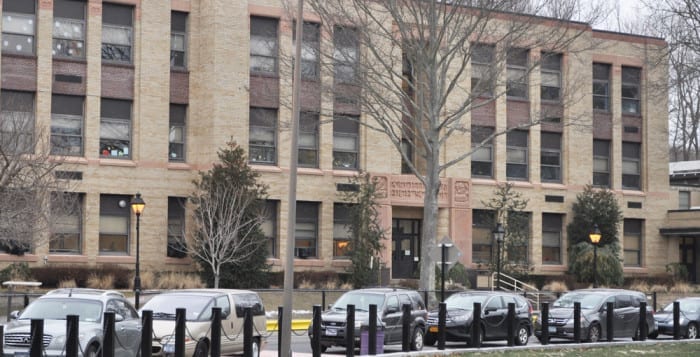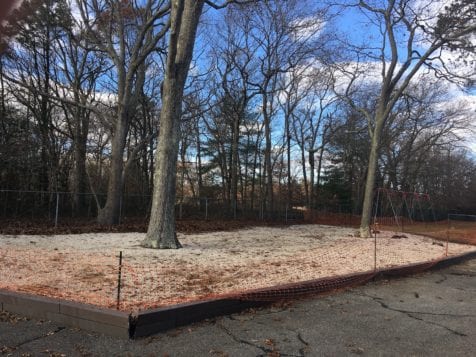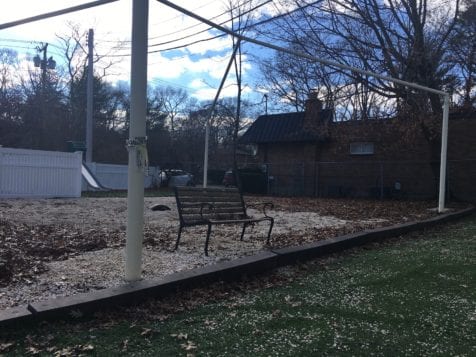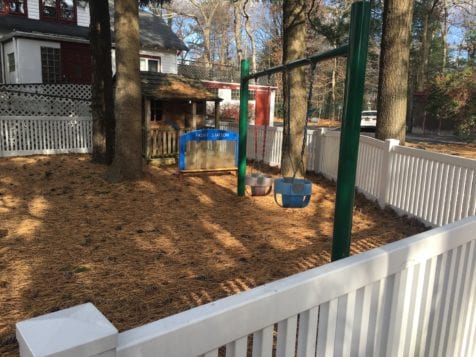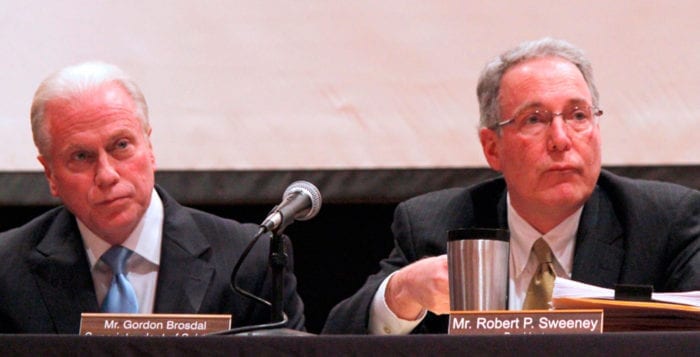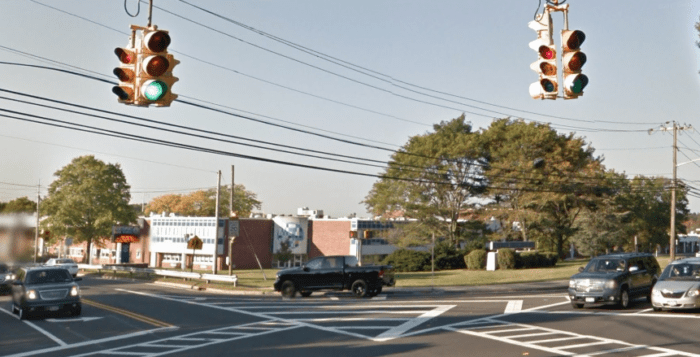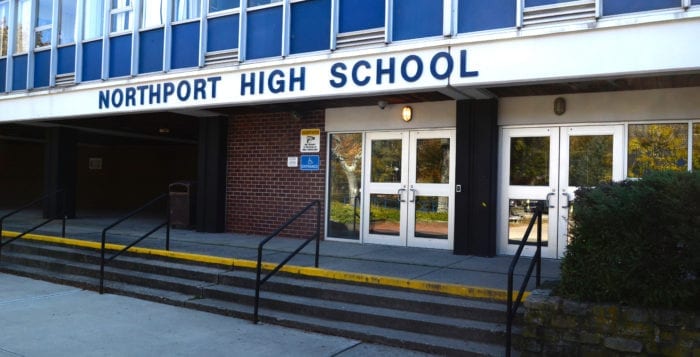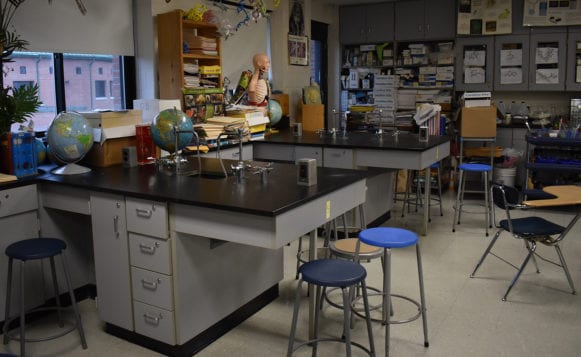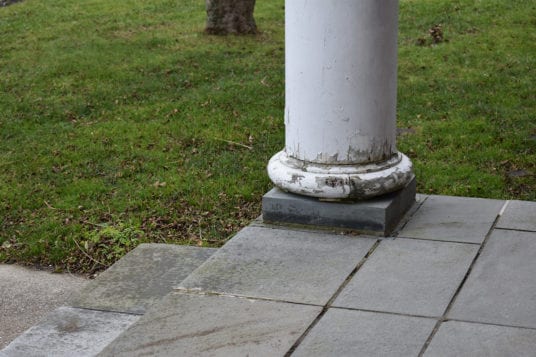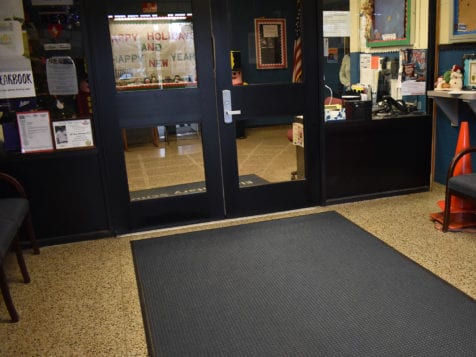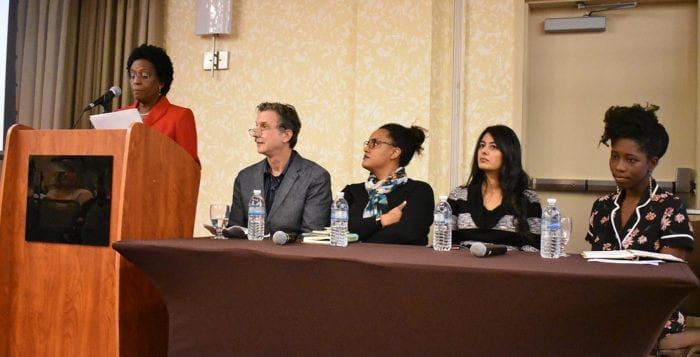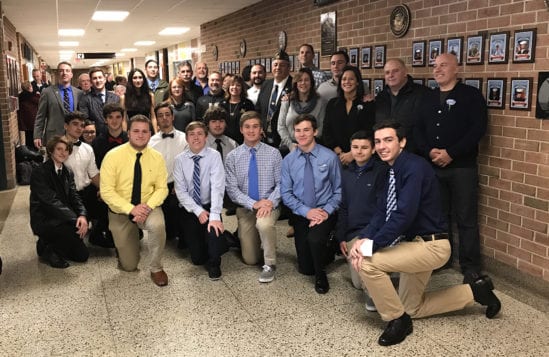Northport-East Northport school district trustees voted decisively 6-1 against arming its school guards with firearms after nearly nine months of intense debate.
More than 100 Northport parents, students and concerned residents attended the Nov. 28 board of education meeting at Northport High School where the community members were given one last opportunity to give their opinions on whether to hire armed security personnel in the wake of the Parkland, Florida, shooting at Marjory Stoneman Douglas High School in February that killed 17 people. The majority of those who took to the mic to voice an opinion stood overwhelmingly against the proposition.
“The evidence is clear: If you put armed guards in our schools you are making the children in this community feel less safe, you will not deter crime, you are not avoiding a school shooting, and you will be escalating a dangerous situation not de-escalating it,” Greg Perles, of East Northport, said.
“The evidence is clear: If you put armed guards in our schools you are making the children in this community feel less safe…”
— Greg Perles
Andrew Rapiejko, president of Northport-East Northport board of education, said district trustees have received an outpouring of emails from the community over the past several months, voicing their opinions on the issue of hiring armed security guards.
“I did note that some of the comments were kind of short and to the point, on quite a number of them I did note that people took a lot of time to write a number of paragraphs, not using a form letter but their feelings and describing their opinions, researching and looking at options one way or another,” he said. “I want to say I really appreciate that and thank you for that.”
David Stein, vice president of the school board, had put forth a proposal for the district to hire 10 armed security guards, one for each of the district’s buildings, for a trial period of 120 days with instruction to Superintendent Robert Banzer to provide an in-depth analysis of the program after 90 days for the board of education to review.
“That’s ridiculous, with all due respect,” trustee David Badanes said. “If there’s no incident in 120 days does it prove armed security guards work? We have many school districts that don’t have armed security guards and have not faced an issue. It proves nothing.”
“That’s ridiculous, with all due respect.”
— David Badanes
Badanes said he was “touched” by emails a number of recent Northport graduates and students who, he said, spoke out unanimously against armed guards. He felt armed security personnel also negatively impact students of minority racial groups or low-income families and lead to an increased likelihood of arrests for low-level offenses such as disorderly conduct.
There are approximately five Suffolk County school districts, including neighboring Kings Park, that have moved forward with a decision to arm security personnel with firearms. Donna McNaughton, a Northport board member, said it was “the hardest decision I’ve ever had to make” but opposed doing the same.
“I am not comfortable as a member of a school board that I could craft an RFP, or proposal, and sanction how you could arm someone properly to protect students,” she said. “I cannot in good conscious put a weapon in a school on a person I cannot be confident is trained properly.”
If the district had moved to hire 10 armed guards, trustee Lori McCue said it would have cost the district approximately $450,000 for one full school year.
“I cannot in good conscious put a weapon in a school on a person I cannot be confident is trained properly.”
—Donna McNaughton
“So many people will say we cannot put a price on the safety of our students, and I 100 percent agree with you in theory,” McCue said. “Unfortunately, we sit up here every year at budget time and have to put a price on every single thing we do for our students. That is a very large number for something we cannot predict the outcome of.”
Stein, who has law enforcement background and is a retired lieutenant from New York Police Department, was the sole vote in support of the district hiring armed guards. The board member said his decision was based, in part, on learning that Suffolk County Police Department reported an average response time of five minutes to an emergency at the district’s Oct. 11 security forum and had never conducted a full-scale drill in any of the district’s buildings. One notable exception he said is Ocean Avenue Elementary School, which often has a police officer on site or less than a minute away, who knows the building and has drilled on site.
“As a board and district, how do we address that disparity between how different schools are being protected? How do we reconcile it? I don’t know that we can,” he said. “We have to protect our schools in some fashion now while lobbying Suffolk County for additional programs and support.”
“I am just completely relieved that they decided to follow through, and after consideration they decided to vote no on the armed guards.”
— James Connor
Several parents asked the board to move forward to improve security by constructing security vestibules at each school building, ensure all doors are closed and armed at all times, trim hedges and bushes away from windows and entryways, ensure staff members are trained in first aid and tourniquet use, and make sure both teachers and students take lockdown drills seriously. Several Northport High School students had said their peers often laugh, chat and text on their phones during drills.
James Connor, a sophomore at Northport High School who advocated against armed guards at several board meetings, said he was relieved by the school board members decision.
“I am just completely relieved that they decided to follow through, and after consideration they decided to vote no on the armed guards,” he said. “Regarding school security, there are a lot of steps left to take, but in my opinion armed guards are not one of them.”
His sentiments were also echoed by his mother, Amy — relief at the board’s decision.

